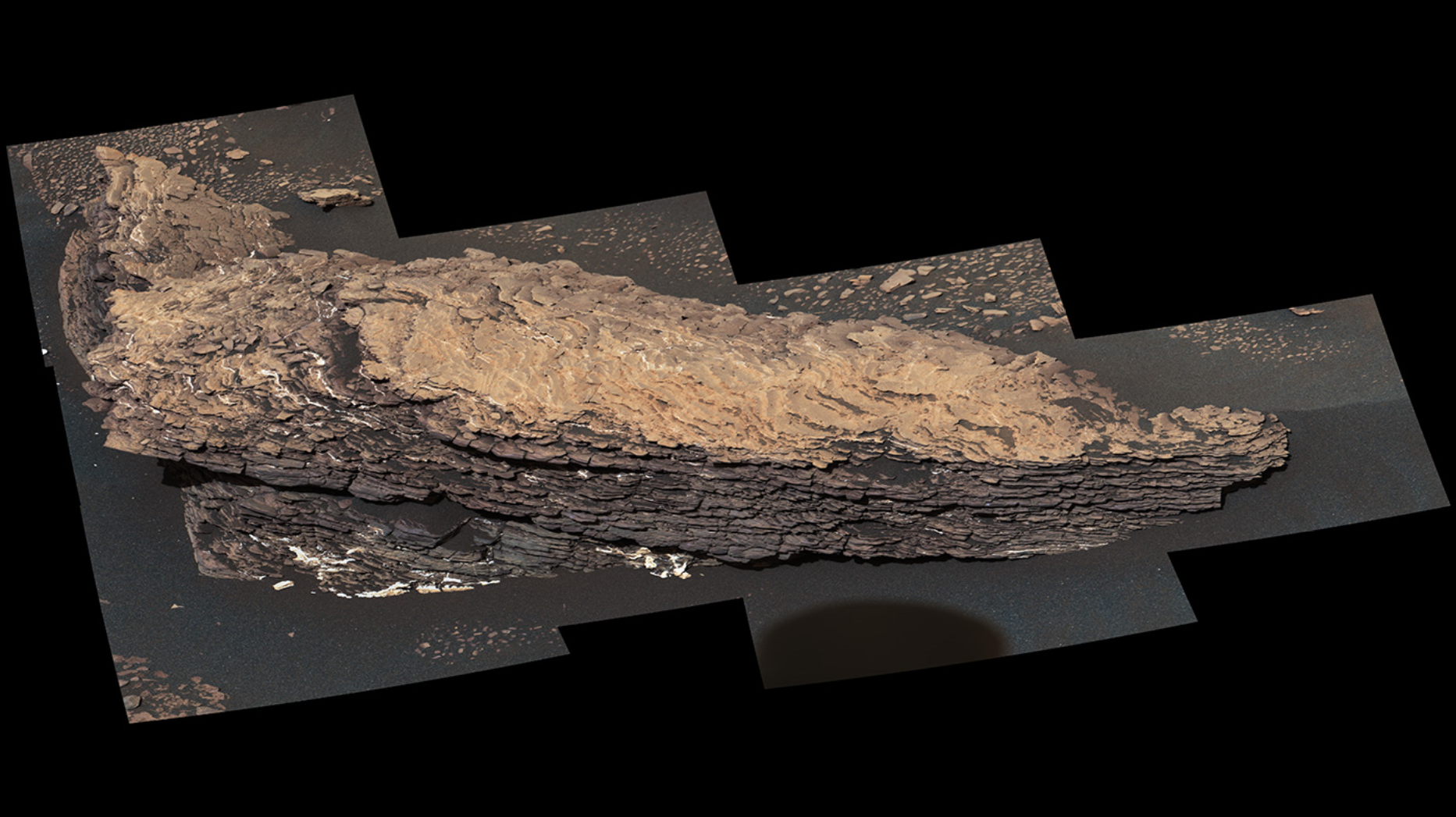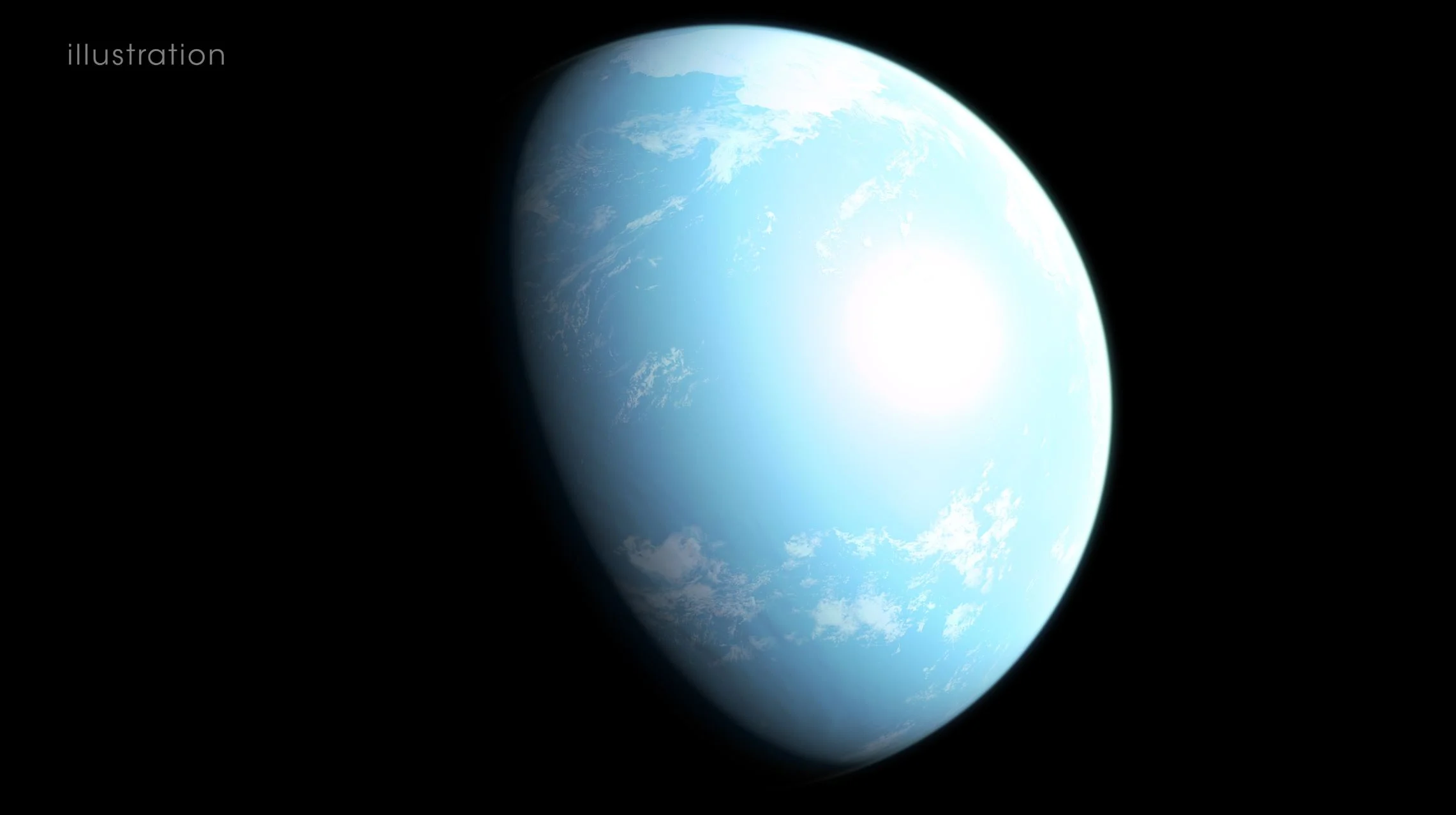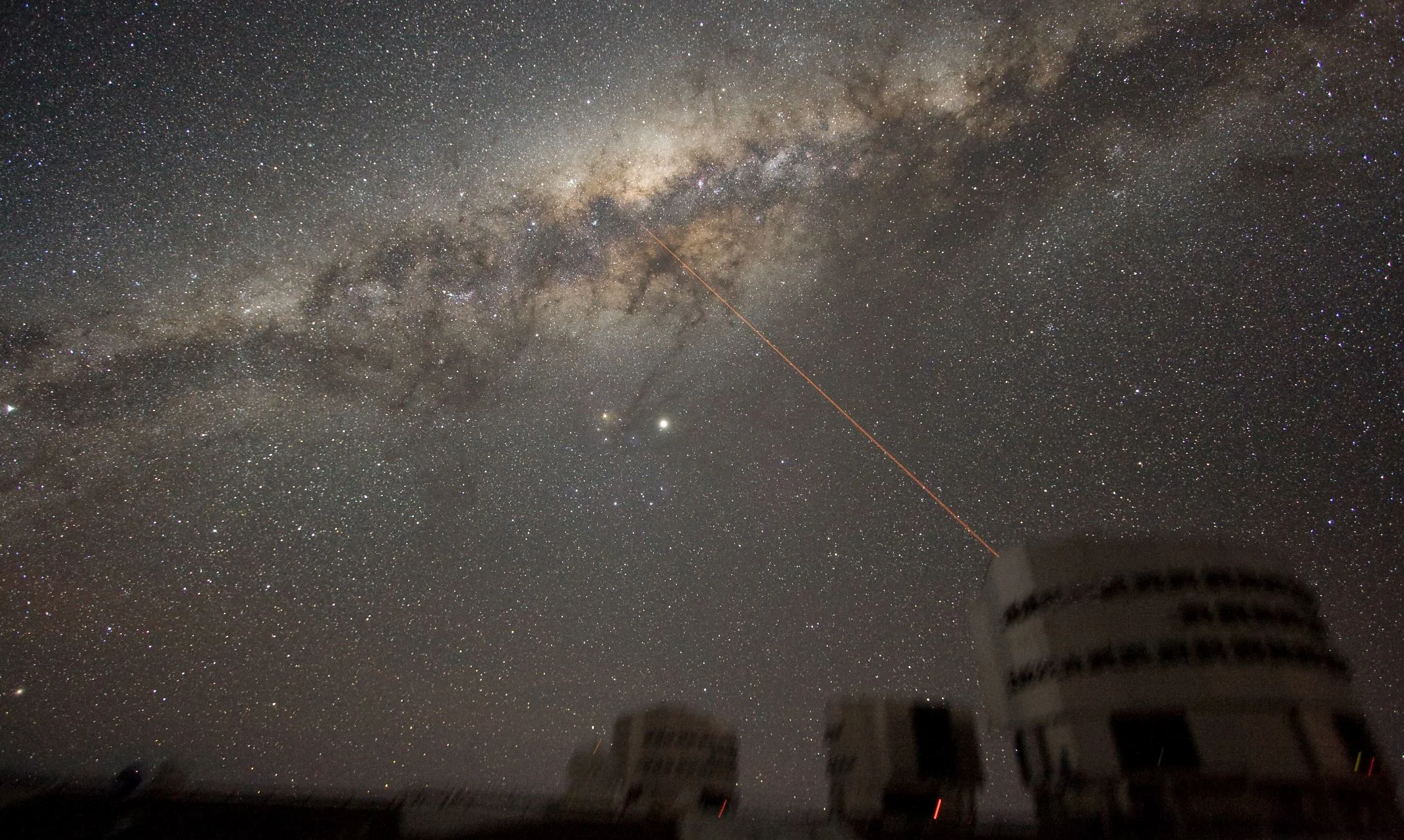An Israeli spacecraft called Beresheet almost made it to the moon in April. It took a selfie with the lunar surface in the background, but then lost contact with Earth and presumably crashed onto the lunar surface. Now it’s been revealed that the mission was carrying a cargo of dehydrated microscopic lifeforms known as tardigrades.
Space junk: a recycling station could be cleaning up in Earth orbit by 2050
There are about 22,000 large objects orbiting the Earth, including working and broken satellites and bits of old rocket from past space expeditions. If you include all the equipment dropped by astronauts while floating in space and the debris from colliding satellites down to around 1 centimeter in size, there are about one million bits of space junk in Earth’s orbit.
Elon Musk Outlines the Next Few Weeks of Starship Tests
Return to the moon? 3D printing with moondust could be the key to future lunar living
The entire Apollo 11 mission to the moon took just eight days. If we ever want to build permanent bases on the moon, or perhaps even Mars or beyond, then future astronauts will have to spend many more days, months and maybe even years in space without a constant lifeline to Earth. The question is how would they get hold of everything they needed. Using rockets to send all the equipment and supplies for building and maintaining long-term settlements on the moon would be hugely expensive.
New Finds for Mars Rover, Seven Years After Landing
NASA's Curiosity rover has come a long way since touching down on Mars seven years ago. It has traveled a total of 13 miles (21 kilometers) and ascended 1,207 feet (368 meters) to its current location. Along the way, Curiosity discovered Mars had the conditions to support microbial life in the ancient past, among other things.
Aliens: could light and noise from Earth attract attention from outer space?
Since the first use of electric lamps in the 19th century, society hasn’t looked back. Homes and streets are lit at all hours so that people can go about their business when they’d once have been asleep. Besides the obvious benefits to societies and the economy, there’s growing awareness of the negative impact of artificial light.
Snowball Exoplanets Might Be Better for Life Than We Thought!
When astronomers discover a new exoplanet, one of the first considerations is if the planet is in the habitable zone, or outside of it. That label largely depends on whether or not the temperature of the planet allows liquid water. But of course it’s not that simple. A new study suggests that frozen, icy worlds with completely frozen oceans could actually have livable land areas that remain habitable.
Rock Almost Rolled Into This Crater on the Moon… Almost
The history of the Moon is a tale told by geology, apparent in its rocks, craters, and other surface features. For centuries, astronomers have studied the Moon from afar and for the past few decades, it has been visited by countless robotic missions. Between 1969 and 1972, a total of twelve astronauts walked on its surface, conducted lunar science, and brought samples of lunar rock back to Earth for study.
The Moon and Mercury May Have Thick Ice Deposits
Shining (Star)light on the Search for Life
Confirmation of Toasty TESS Planet Leads to Surprising Find of Promising World
Hubble Uncovers a ‘Heavy Metal’ Exoplanet Shaped Like a Football
How big is the Moon? Let me compare…
Why the Moon is such a cratered place
What Does a Marsquake Look Like?
Southern California got all shook up after a set of recent quakes. But Earth isn't the only place that experiences quakes: Both the Moon and Mars have them as well. NASA sent the first seismometer to the Moon 50 years ago, during the Apollo 11 mission; the agency's InSight lander brought the first seismometer to Mars in late 2018, and it's called the Seismic Experiment for Interior Structure (SEIS).
Yes, I’m searching for aliens – and no, I won’t be going to Area 51 to look for them
There are Ring-Like Formations Around the Lakes on Titan
Some lakes on Titan have ring-like shapes around them, and scientists are trying to find out how they formed. Understanding how they formed may tell us something about how the entire region they’re in, including the lakes, formed. The ring-shaped features are found around pools and lakes at Titan’s polar regions.
Gaia Mission is Mapping Out the Bar at the Center of the Milky Way
Despite the many advancements made in the field of astronomy, astronomers still struggle to get an accurate assessment of the Milky Way Galaxy. Because we are embedded in its disk, it is much more difficult to assess its size, structure, and extent – unlike galaxies located millions (or billions) of light-years away. Luckily, thanks to improved instruments and tireless efforts, progress is being made all the time.
Pictures from Curiosity Show the Bottom of an Ancient Lake on Mars, the Perfect Place to Search for Evidence of Past Life
Awesome picture: HiRISE Spots Curiosity Rover at Mars' 'Woodland Bay'
A dramatic Martian landscape can be seen in a new image taken from space, showing NASA's Curiosity rover examining a location called "Woodland Bay." It's just one of many stops the rover has made in an area referred to as the "clay-bearing unit" on the side of Mount Sharp, a 3-mile-tall (5-kilometer-tall) mountain inside of Gale Crater.


















